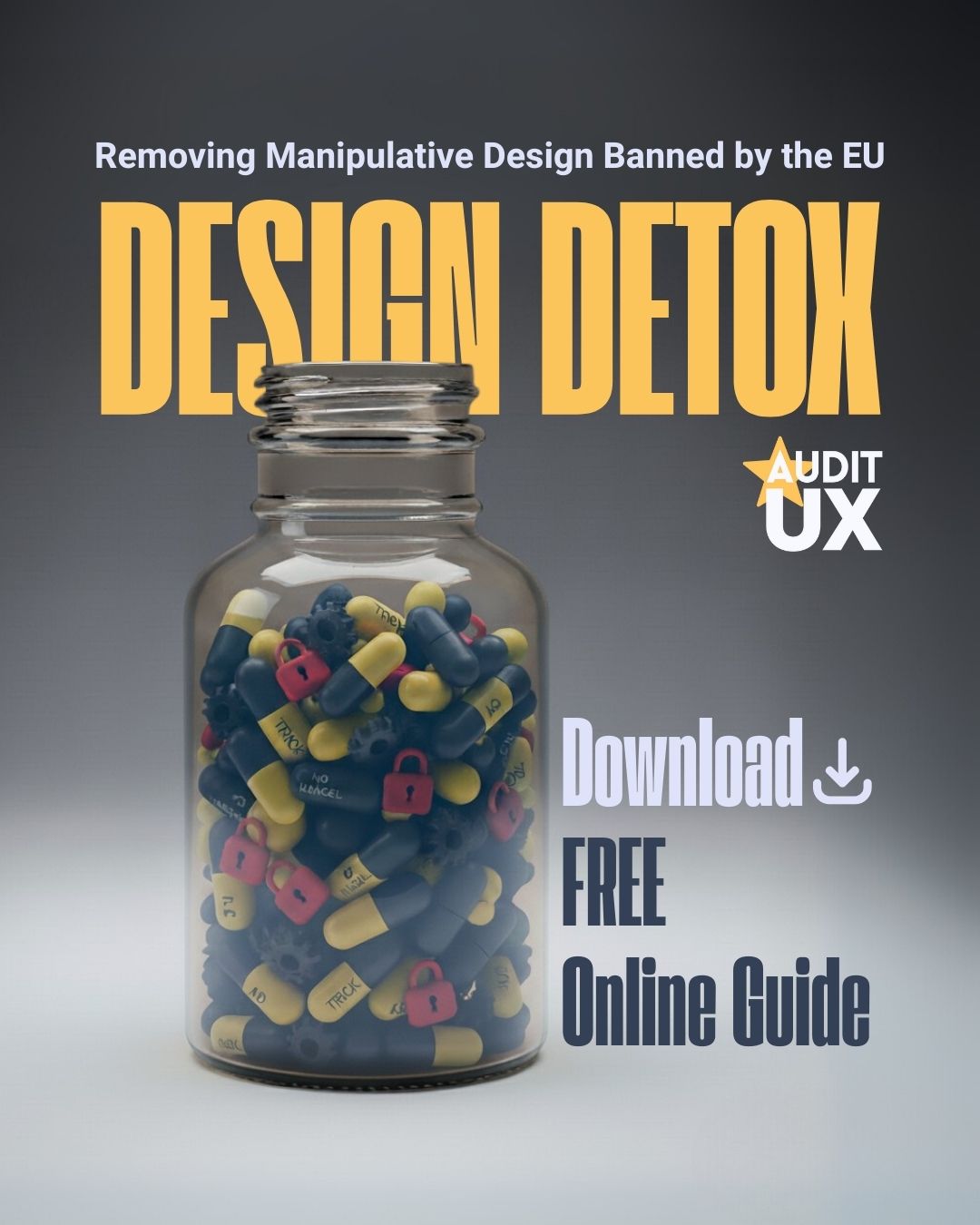In a rapidly expanding digital world, getting approval for UX projects is essential for business success. User Experience (UX) plays a vital role in customer satisfaction, increasing conversions, and ensuring long-term loyalty. However, convincing stakeholders of the value of investing in UX can be a challenge.
This article presents the steps and strategies that can help you effectively communicate UX benefits and gain the necessary support for implementing your projects.
Why Is UX Importance a Challenge in Organizations?
1. Lack of Understanding of UX
Many organizations perceive UX merely as an aesthetic element without understanding its impact on business performance. This leads to its underestimation as a strategic factor.
2. Perception of High Costs
Investing in UX research, testing, and implementation may seem costly at first glance. In reality, the lack of UX results in higher long-term costs due to increased abandonment rates and additional support needs.
3. Less Immediate Results
UX benefits are not always immediately visible, making it difficult for some leaders to justify investments.
Strategies for Gaining Support for UX
1. Communicate Benefits Clearly and Persuasively
Well-implemented UX can:
- Increase customer satisfaction: An intuitive design reduces frustration and improves brand perception.
- Reduce abandonment rates: Easier-to-use products keep customers engaged.
- Boost conversions: Pleasant experiences encourage desired actions such as purchases or sign-ups.
Use concrete examples and case studies to demonstrate UX’s positive impact on similar organizations.
2. Involve Stakeholders
A collaborative approach is key to success.
- Organize workshops: Include managers, developers, and designers to discuss common goals and identify user needs.
- Leverage team feedback: Invite stakeholders to participate in UX testing sessions to see firsthand how users interact with the product.
This involvement builds trust and fosters a sense of ownership over the project.
3. Demonstrate Long-Term Value
UX is not just an expense; it is a strategic investment.
- Cost reduction: A well-designed interface reduces the number of support requests.
- Increased customer loyalty: A positive experience encourages customers to return and recommend the product.
- Recurring revenue: Easy-to-use products generate long-term relationships with customers.
Show how UX investments contribute to the organization’s long-term financial success.
4. Use Data and Metrics to Support Your Arguments
Numbers speak louder than words. Measure and present relevant data to highlight UX value:
- Increase in conversion rates after UX improvements.
- Reduction in support costs through a more intuitive design.
- User feedback highlighting experience improvements.
Conclusion: Build a UX Culture in the Organization
Gaining support for UX is not just about getting a one-time approval; it is about educating, involving, and transforming the organization’s perspective on user importance.
By clearly communicating benefits, engaging stakeholders, and demonstrating long-term value, you can create an environment conducive to innovation and growth. Ultimately, well-implemented UX not only enhances products but also contributes to sustainable business success.




